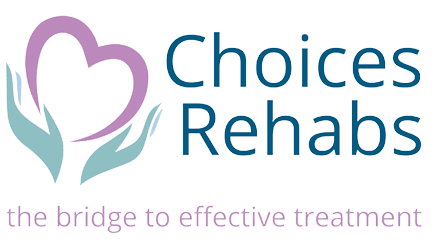Understanding the Difference Between Medically Monitored and Medically Managed Detoxification in Inpatient Settings
Introduction:
When it comes to addressing substance misuse disorders, the approach to
detoxification plays a crucial role in setting the foundation for a successful recovery
journey. In the United Kingdom, the Care Quality Commission (CQC) has outlined
specific guidelines differentiating between two primary models of detoxification in
inpatient settings: medically managed and medically monitored. Understanding these
distinctions is essential for both healthcare providers and individuals seeking
recovery.
Medically Managed Detoxification:
Medically managed detoxification involves 24-hour, on-site, medically directed
evaluation, care, and treatment of substance misuse disorders. This model is
recommended for individuals with severe substance misuse disorders or complex
needs. Typically conducted in an inpatient unit, medically managed detoxification
provides intensive, round-the-clock medical supervision, ensuring immediate
responses to any complications or withdrawal symptoms that may arise.
The CQC emphasizes the importance of services offering medically managed
treatment only to those whose needs they are competent to meet. This approach is
tailored to individuals requiring a higher level of medical intervention due to the
severity of their addiction or the presence of complicating factors.
Medically Monitored Detoxification:
On the other hand, medically monitored detoxification involves sufficient medical
supervision provided by a visiting General Practitioner (GP) or another appropriately
trained doctor. This doctor should possess adequate knowledge and competence in
managing addiction problems. While still conducted in an inpatient or residential
setting, the level of medical intervention is less intense compared to the medically
managed model.
Residential rehabilitation settings often adopt the medically monitored model,
although some may offer medically managed treatment as well. The key distinction
lies in the level of medical expertise and supervision required based on the
individual’s needs.
Linking to CQC Guidelines:
The CQC guidelines stress the importance of services aligning their detoxification
approach with the individual needs of their clients. Inspectors are tasked with
ascertaining which model—medically managed or medically monitored—is being
followed. This scrutiny ensures that services are offering the appropriate level of care
and intervention for the unique requirements of each individual.
The guidelines also underscore the responsibility of services to decline referrals for
individuals whose needs they are not competent to meet. This highlights the
importance of a tailored and individualized approach to detoxification, reinforcing the
idea that one size does not fit all in the realm of addiction treatment.
Home-Based Detoxification:
It’s worth noting that not everyone requires inpatient care for detoxification. The CQC
guidelines recognize that many individuals can undergo detoxification in the comfort
of their homes, provided they are assessed to be healthy, are not heavy consumers
of alcohol and substances, lack significant co-morbidities, and have a support
system in place.
Conclusion:
Understanding the difference between medically managed and medically monitored
detoxification models is crucial for both healthcare professionals and those seeking
recovery. The CQC guidelines serve as a compass, guiding service providers in
offering the appropriate level of care tailored to individual needs. By adhering to
these guidelines, the healthcare system can contribute significantly to the success of
detoxification and, ultimately, the recovery journey of individuals grappling with
substance misuse disorders.
